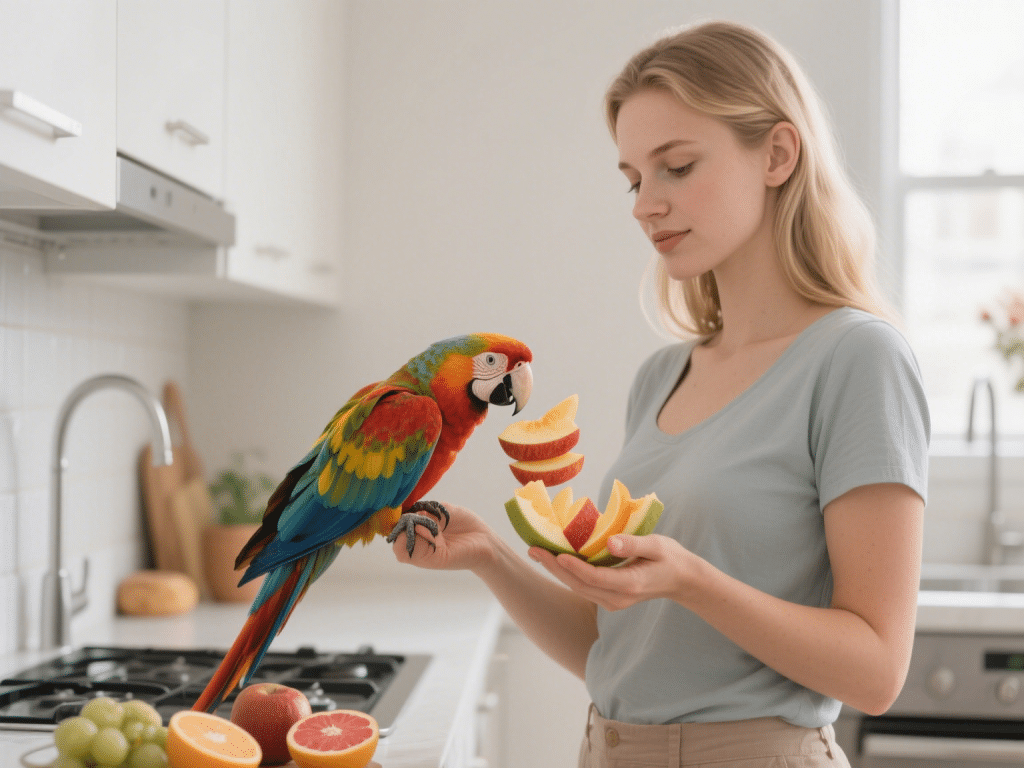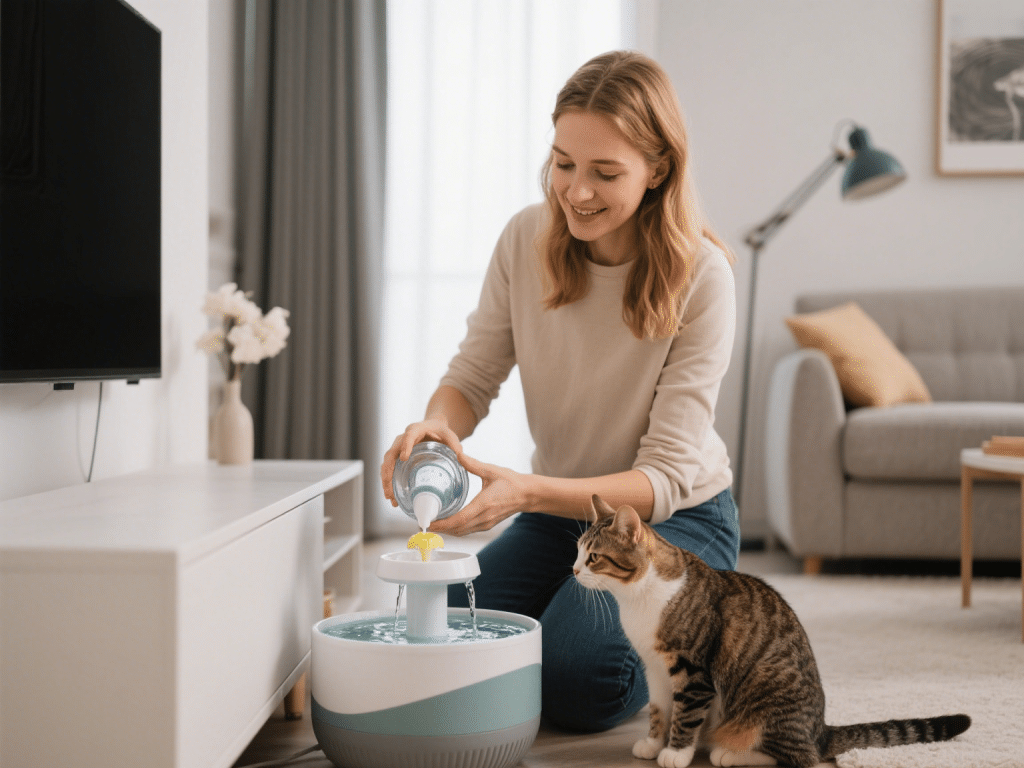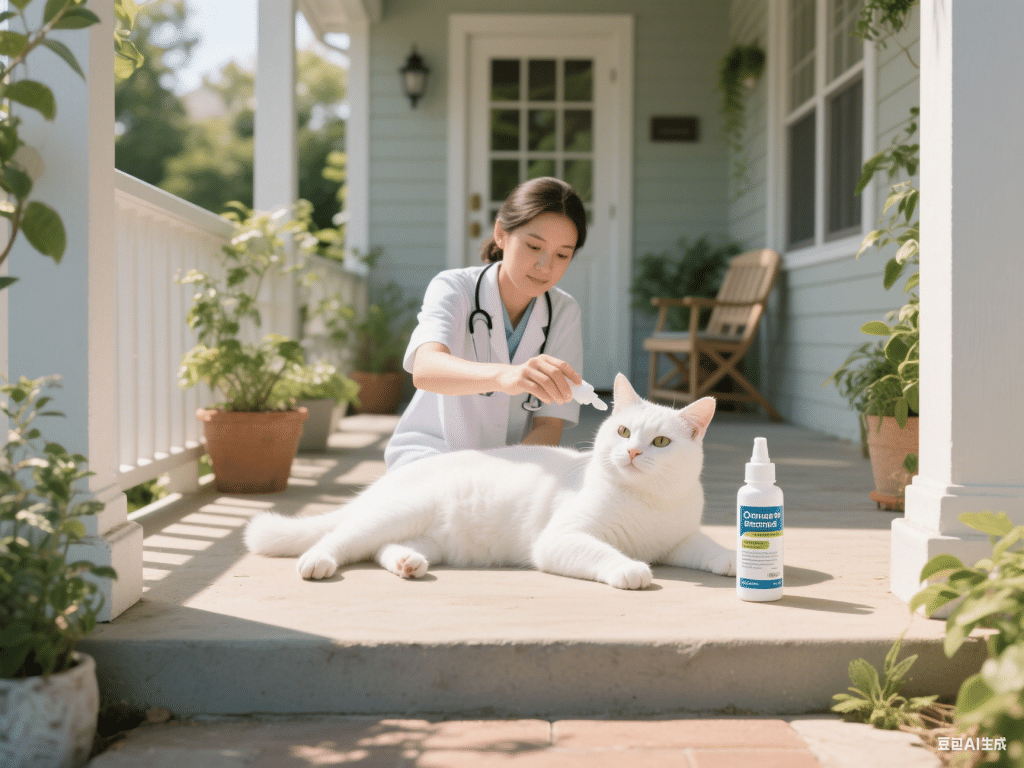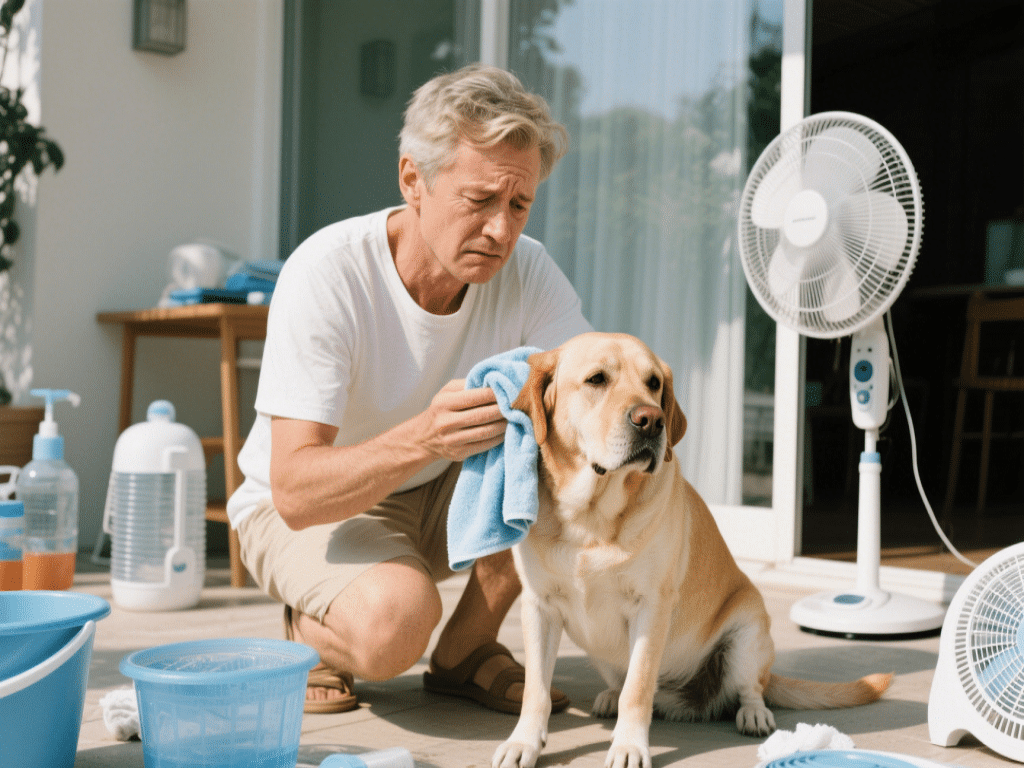
Safe Fruits for Pet Birds: A Vet-Approved Feeding Guide
Birds thrive on variety—and fruits can be a nutritious part of a balanced diet. But not ...
Guinea pigs are very popular pets. Not only do they make great family pets because they are the perfect size for children but they also come in a variety of beautiful fur patterns that appeal to people of all ages. One such fur pattern is called Himalayan and this pattern describes a uniquely colored guinea pig.
Himalayan guinea pigs are albino cavies; they have all white fur and red eyes. These guinea pigs are not a separate species from other guinea pigs but are instead a specific breed. What makes them different, though, is the fur on their face, ears, and feet which is black or brown. Many refer to Himalayan guinea pigs as the Siamese cats of the guinea pig world because of their similar characteristic markings referred to as points.
Common Name(s) Himalayan Guinea Pig
Scientific Name Cavia porcellus
Adult Size 8-10 inches long, 1.5-2.5 lbs.
Lifespan Average lifespan in captivity is 4-5 years, but it is not uncommon to have one that lives up to 8 years. The longest-lived guinea pig was recorded to be 14 years old, but this is very rare.
Like other guinea pigs, Himalayans are very social pets. They thrive when they live with other guinea pigs and love interaction with their owners, too. When they are used to being handled, they enjoy being pet, talked to, and snacking on their favorite treats. Guinea pigs are not aggressive animals but as with any pet, if they are frightened, hurt, or startled, they can nip.
Himalayan guinea pigs are a standard-sized guinea pig. Most guinea pigs grow to be about 8-10 inches in length and weight about 1.5 to 2.5 lbs. when they are full grown. They are short animals that do not have tails.
When it comes to housing your Himalayan guinea pig, you should pay special attention to the flooring of their habitat. Guinea pigs can get their tiny feet stuck in wire cage bottoms or develop infections and problems, such as bumblefoot, if the floor is too dirty. Choose a large enclosure with a solid floor. The height of the cage is not important because guinea pigs don't jump or climb but you should have at least 2 x 5 ft of floor space for two cavies. Additionally, make sure your guinea pig can't get its head stuck in the bars of the cage or escape.
Because Himalayan guinea pigs are primarily white, avoid cage bedding that is dyed or has newspaper ink on it because these items are likely to discolor your pig. Additionally, avoid pine and cedar wood shavings; they can be irritating to your cavy's respiratory tract. Opt instead for paper beddings that are free of dyes and that will help absorb urine.
All guinea pigs are herbivores, so they only eat plants. An adult Himalayan guinea pig's diet should be primarily made up of grass hays, such as Timothy or Orchard, with guinea pig pellets, fresh vegetables, and fresh fruits rounding out their meals. It is vital to ensure adequate vitamin C is consumed by your guinea pig, so be sure to pay attention to the expiration date of your guinea pig's pellets so this vitamin doesn't expire before your cavy can reap its benefits. Additionally, give vitamin C treats to supplement this essential vitamin. You can also feed vitamin C rich vegetables, such as bell peppers! Finally, fresh drinking water should always be provided. While some water is consumed from the fruits and veggies your pig will eat, a water bottle and bowl of water should also be readily available.
Guinea pigs can have health problems with their teeth and develop bladder stones, bumblefoot, lice, respiratory diseases, scurvy, broken legs, ileus, diarrhea, conjunctivitis, uterine cancer, ovarian cysts pyometra, and more. Regular/yearly check-ups with a vet that is comfortable treating pockets pets is recommended.
It's important to your guinea pig's physical and mental health to spend time outside the cage. Make sure you provide a safe place for your guinea pig to run around on a regular basis. Wheels and balls that hamsters commonly use are not ideal for guinea pigs. Consider an X-pen to keep them outside of their cage safely to roam around.
Himalayan guinea pigs have short hair so grooming is limited to the occasional cleaning of feet, the hind end, and bathing when necessary. Hair trimming is needed but some guinea pigs may need their nails trimmed.
If you must bathe your guinea pig, be careful they don't get too cold while wet or overheat it when drying it. Use lukewarm water and a gentle shampoo or soap to bathe (dish soap is harsh on the skin and isn't recommended by small mammal veterinarians) and when it's time to dry your cavy, towel dry it. Avoid using a hairdryer as this can easily overheat your pig.
Guinea pigs require fresh bedding on a weekly basis, plentiful hay, pellets designed for guinea pigs, and some fresh fruits and veggies. Costs will vary but expect to spend around $10 a week keeping your pig fed and clean. Veterinary visits average around $50-$80 for an examination and are recommended at least yearly. If your veterinarian finds problems at the visit, testing and medications will be additional costs.
Guinea pigs are not the kind of pet that you take on a walk, but they are interactive and social. They also live longer than most hamsters but not as long as a dog or a cat. They are fairly easy to care for but require regular cleaning, fresh food preparation, and attention. They do make noises so they aren't as quiet as a rabbit but they also aren't as loud as a bird.
If you’re interested in pet guinea pigs, check out:
Otherwise, check out other guinea pig breeds that can be your new pet!
Since Himalayan guinea pigs are not the most common breed of guinea pigs, you will likely need to find a breeder to purchase your pig. Cavy shows, county fairs, and clubs are good resources to find a Himalayan guinea pig breeder near you.
If you have a male and female guinea pig, it is very likely that they will try to breed therefore it is recommended to house two females together, unless you plan to have your female cavy spayed. Guinea pigs usually only have one or two babies, but the birth can be very stressful and even life threatening for the mother. Female guinea pigs must be bred by the time they are only a few months old, otherwise their pubic symphysis fuses and a C-section will be necessary to save both the mother and the babies.
Yes! Himalayan guinea pigs are great pets for kids. They aren't as fragile as some other small pets and are not likely to bite.
Because Himalayan guinea pigs are not as common as other breeds of cavies, they may cost a little more than more common breeds, but you can still expect to pay anywhere from $50-100 for one.
No, Himalayan guinea pigs require some attention and fresh food but otherwise keeping them clean and safe is all that is required. The bedding should be spot-cleaned daily with full changes weekly and ample hay, fresh water, and some leafy, green veggies will need to be provided each day. If you can handle that, though, they are not difficult to care for.

Birds thrive on variety—and fruits can be a nutritious part of a balanced diet. But not ...

IntroductionDehydration in cats can lead to urinary tract infections (UTIs), kidney diseas...

IntroductionFleas cause itching, skin irritation, and can transmit tapeworms. While chemic...

IntroductionSummer brings warmer temperatures and increased flea activity, heightening the...

IntroductionHeatstroke in dogs and cats is a life-threatening condition occurring when bod...

Fun Indoor Dog Exercise Ideas for Rainy DaysRainy weather doesn’t mean your dog’s exer...

Chinchillas are rodents that are originally from the Andes mountains in South America. Th...

You may think your hamster just has a tickle in his nose which is causing him to sneeze, ...

Pet rat teeth can be problematic. Not all exotic pets have problems with their teeth, but...
Comments on "How to Care for a Himalayan Guinea Pig" :